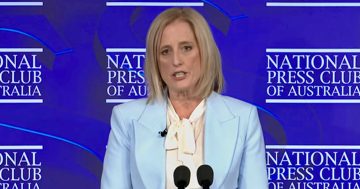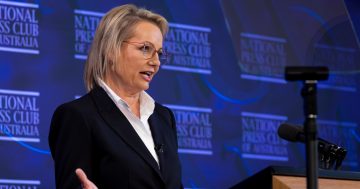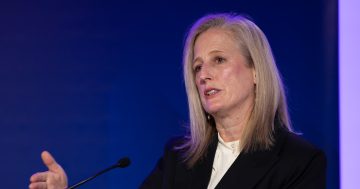Annabel Mansfield* says new research has highlighted the need for a re-think of gender targets.
 Gender diversity experts at the University of South Australia are urging governments to rethink their approach to gender targets as new research shows that they do not lead to expected improvements in gender equity for women in leadership.
Gender diversity experts at the University of South Australia are urging governments to rethink their approach to gender targets as new research shows that they do not lead to expected improvements in gender equity for women in leadership.
Examining the effects of gender targets in the Australian public service, researchers found that when gender targets were imposed, they didn’t always achieve their intended outcomes.
In Australia, women make up only 19 per cent of CEOs, and less than a third of key management positions (32 per cent).
In the Australian public sector, women represent 60 per cent of the workforce, yet hold less than half of the most senior roles.
Lead researcher UniSA’s Dr Jill Gould says that it will take far more than just having gender targets to boost women’s equity in senior roles in Australia.
“Women constitute the majority of the Australian public sector workforce, but their representation in senior roles is not proportional,” Dr Gould says.
“Research shows that if we boost the number of women at executive levels, we increase the number of women in the ‘executive feeder’ levels below.
“We often refer to this as the ‘trickle-down effect’.
“It seems logical that gender targets would increase this positive effect, yet when we explored this across multiple public service departments, we found that trickle-down effects were inconsistent across departments.
Dr Gould says that while gender targets may be well-intended, without the right combination of evidence-based practices that can support a ‘trickle-down effect’ and, importantly, a Chief Executive who can visibly drive change, targets may be ignored or ineffectively implemented.
“The Chief Executive must be on board to champion gender targets.
“Strong support from the top, a ‘loud’ voice that supports change, and an open approach to addressing resistance to change, are vital,” Dr Gould says.
“Gender parity also relies on having the right practices in place – at least two women on shortlists helps increase female representation in senior roles, and leadership training supports women progress through organisations.
“Some of these important practices were not in place in the departments where targets were not working.
“Targets must be supported by both the right practices and a Chief Executive who is an internal gender champion.
“When leaders demonstrate support of women in leadership, they create the right environment for change.
“But, even with the right mix of practices, if these are not consistently supported across all levels of the organisation, gender targets will fail.”
UniSA researcher Professor Carol Kulik says the government’s gender targets are drawing a long bow when it comes to improving women’s representation in senior roles.
“Any commitment to gender equity requires focus, but when gender targets are lost in government strategic plans that include up to 100 targets – including multiple gender targets – it will be hard to achieve consensus about which target to prioritise,” Prof Kulik says.
“Accountability is needed for achieving gender targets – real accountability, with teeth.
“There’s no doubt that Australia is making progress on many aspects of gender equality, but unless the public service refines its goals and delivers dedicated leadership and evidence-based supports, the glass ceiling will continue to be as strong as ever.”
*Annabel Mansfield, Media and Communications Coordinator, University of South Australia.
This article first appeared at unisa.edu.au











